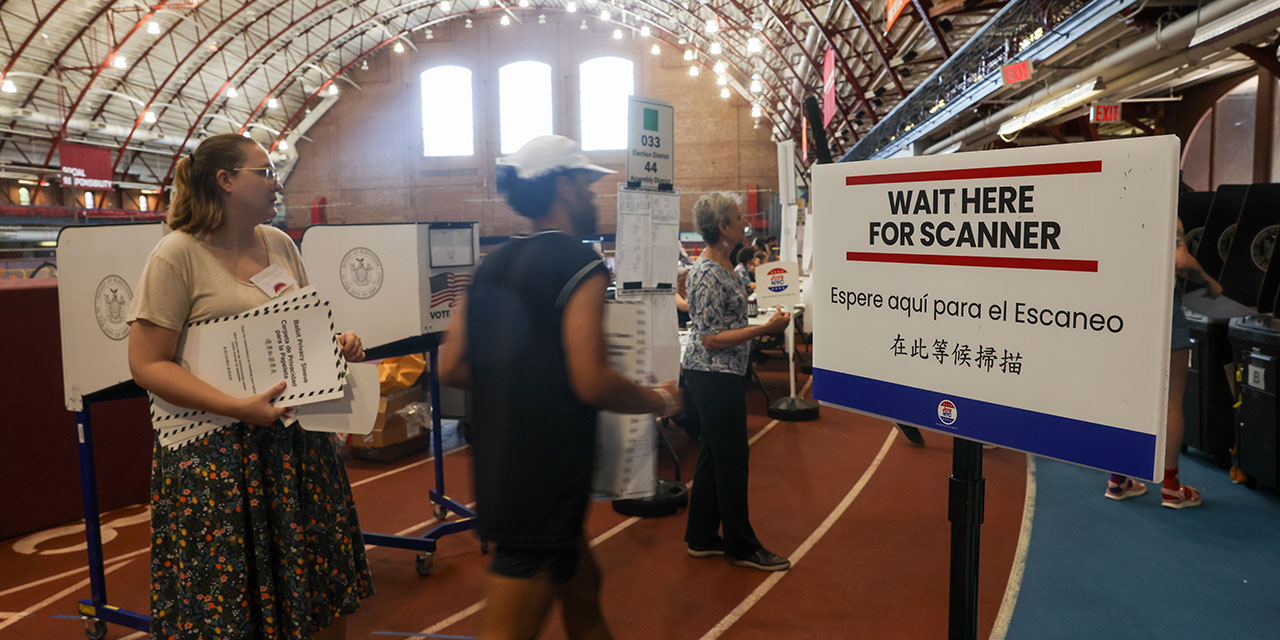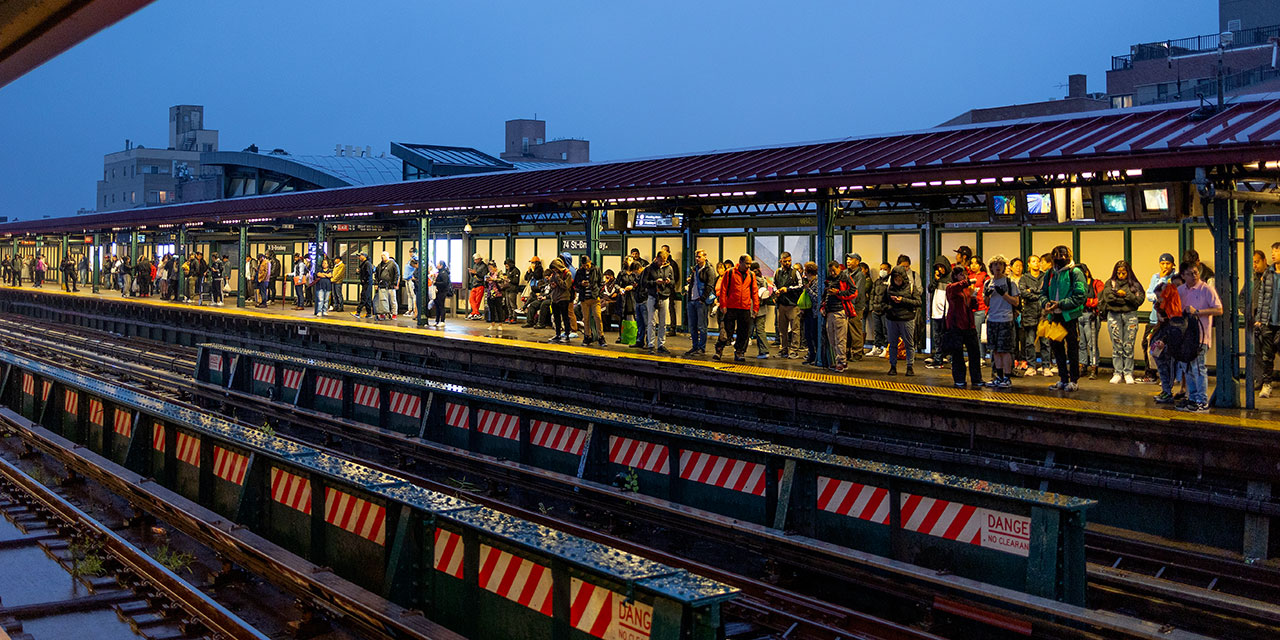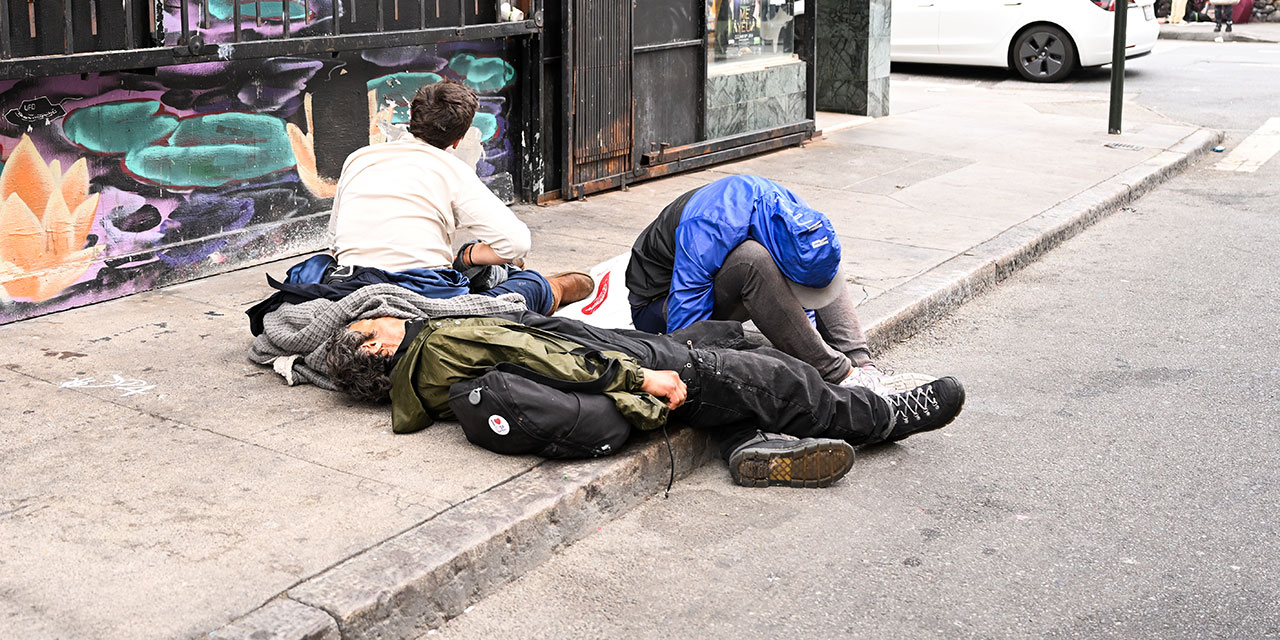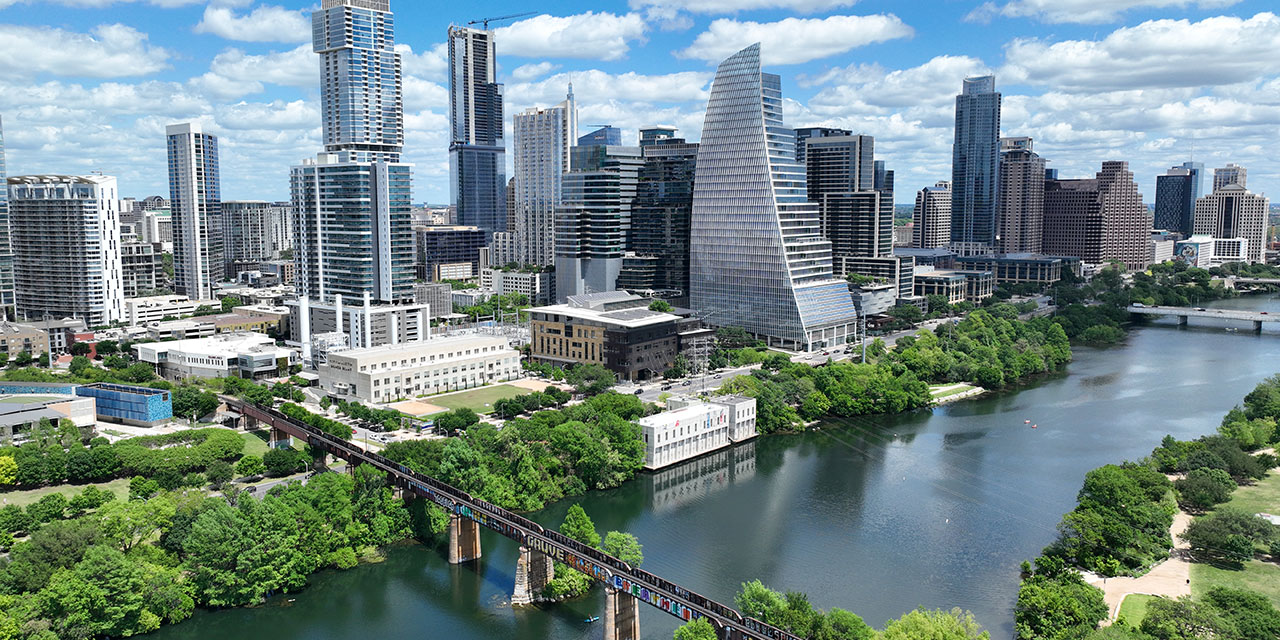As New Yorkers prepare to elect a mayor, it is worth stating the obvious: the city is in trouble because its government is doing a poor job of carrying out its most basic functions. More than a million children attend our public schools, which, for the most part, do not prepare them to compete effectively in the global marketplace. The New York Police Department has more than 35,000 uniformed officers, but every day citizens fear they will be victimized by random violence. The city’s infrastructure is crumbling, its bridges periodically closed for emergency work that would not be necessary if they had been maintained properly in the first place.
New York City has to change the way it does business. With limited and shrinking revenues, city hall has to make the same kinds of decisions that overextended, inefficient companies have been making across the country for the past decade. An important reason why New York City’s government has been unable to provide good basic services is that it has burdened itself with too many missions and responsibilities. Today, it has to choose which services are vital for New York’s future prosperity and its citizens’ well-being, and which are luxuries that the city can no longer afford.
Finally, a reason to check your email.
Sign up for our free newsletter today.
New Yorkers should ask the candidates for mayor to name the things they think it most important for city government to do—and which four or five major functions they would eliminate. Any candidate who does not cogently address both sides of the question does not deserve their votes.
The most important challenge facing our next mayor will be to take the lead in forging a new, more narrowly focused definition of the proper scope of city government. Reaching a consensus on this question will not be easy, but no one other than the mayor is in a position even to try.
In developing such a consensus, the mayor will have to overcome the weight of history and conventional wisdom. New York’s elected officials, entrenched bureaucracies, organized interests, and media all share the illusion that city government has nearly unlimited power to remedy all kinds of social and economic ills. The dominant vision for the past three decades or more has been of an imperial city, a 51st state acting out of a sense of noblesse oblige, creating a seemingly endless array of programs for a grateful populace.
Not even during the fiscal crisis of the mid-1970s were the city’s mayors willing to distinguish essential functions, to which the city must be committed even in hard times, from those that are expendable or that, while important, must be left to someone else. Instead, when forced to do so by recession, mayors have usually cut spending across the board without reducing the scope of city functions. That approach produces a government that has a remarkably wide range of functions but performs none of them particularly well, and that will never be able to maintain a stable fiscal balance.
The current painful restructuring of New York’s economy only serves to sharpen the conflict between the city’s boundless ambitions and its limited resources. Since the current recession began in 1989, New York City has lost some 370,000 jobs. The recovery, when it arrives, will probably be sluggish. It is unlikely in the foreseeable future that the mayor will enjoy a boom like the one that allowed the Koch administration to keep feeding the municipal spending machine during the 1980s.
The elimination of any city function, except the most essential, should be open for discussion. For example, the city should consider getting out of the business of operating hospitals, providing treatment to drug addicts, running off-track betting parlors, operating port facilities, performing most of the functions of the Department of Consumer Affairs, and subsidizing commercial real estate development. And competition should be introduced in other areas where the city government now has a monopoly.
The inability to define city government’s limits has also led to wasteful duplication of city and state agencies and undermined the city’s ability to pressure Albany to fulfill its responsibilities. For instance, there is no reason for both the city and the state to run employment services, mental health agencies, and economic development agencies.
Once we have identified the secondary functions that can be pared down, we have to make sure we can deliver essential services effectively. To achieve this, the mayor urgently needs to focus on two broad topics: labor/management relations and the concentration of decision-making power in city hall.
In all too many areas, archaic Civil Service rules, inflexible contract provisions, and adversarial labor relations almost guarantee that the city will not be able to make full use of its workers’ talents. The success of reform will depend greatly on the city’s ability to reward managers and front-line workers who perform effectively—and, to a lesser extent, to penalize those whose performance is unacceptable. As long as the system is driven by standardized pay scales and test scores, this will be difficult. Innovation and ingenuity should be encouraged, not stifled by work-rule limitations. The city should concentrate on “outputs” and not “inputs”—not how many police officers are on the beat, but how many crimes are committed.
In fairness, New York City cannot do all this by itself. Many of the rules that determine the way we govern are dictated and protected by upstate legislators. The city must enlist new allies, since Albany will not change the rules just because they do not work for the city. The mayor must build a bipartisan coalition of city and county officials from throughout the state, who would collectively lobby for changes in Civil Service rules and other constraints on effective local governance.
One problem the mayor could address on his own is the excessive centralization of authority in city hall. Recent mayors have sought to solve a variety of managerial and political problems by concentrating power in the executive office. Top-level managers throughout city government are consequently forced to clear all kinds of decisions, both momentous and mundane, through city hall. To end the crippling overcentralization of city government, the mayor should sharply reduce his staff, appoint commissioners in whom he has confidence, give them the authority to make policy decisions, and hold them accountable for their performance.
New York City needs a fundamental reevaluation of its responsibilities and capabilities. I believe the city’s leaders should concentrate on three concrete missions: educating the city’s children, making the streets safe, and repairing and maintaining the infrastructure. If the government cannot provide these essentials that sustain society, it is not doing its job.
The vision of a city government that is all things to all people must give way to a new mindset, one that views the government as a provider of services and the citizenry as its customers. The city’s pressing problems demand that the mayor present a clear vision, define priorities that reflect it, make hard budgetary and political choices, and win the cooperation of the City Council, public service unions, and State Legislature. This may sound like an elementary definition of the mayor’s job, but it is one that no recent incumbent has embraced. This year, it is more important than ever that the candidates explain forthrightly how they would get down to the hard work of governing New York City.




